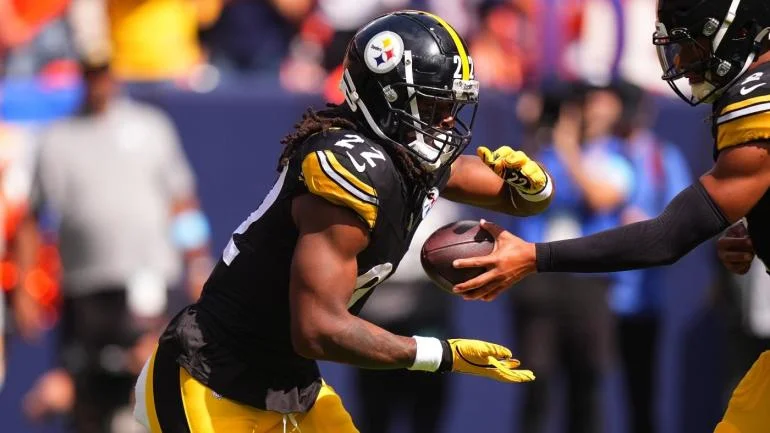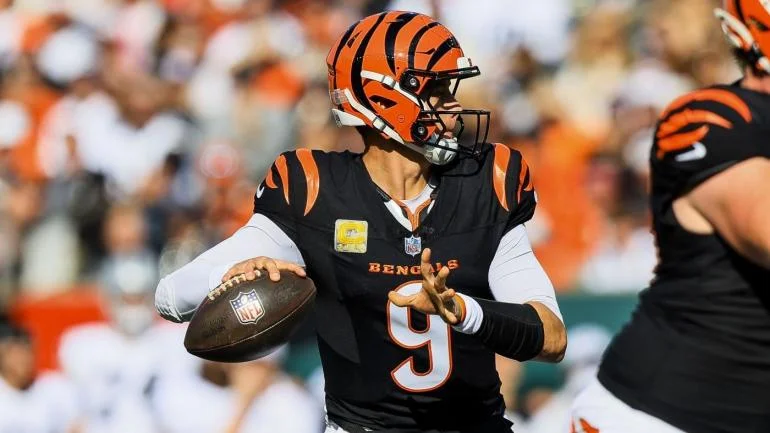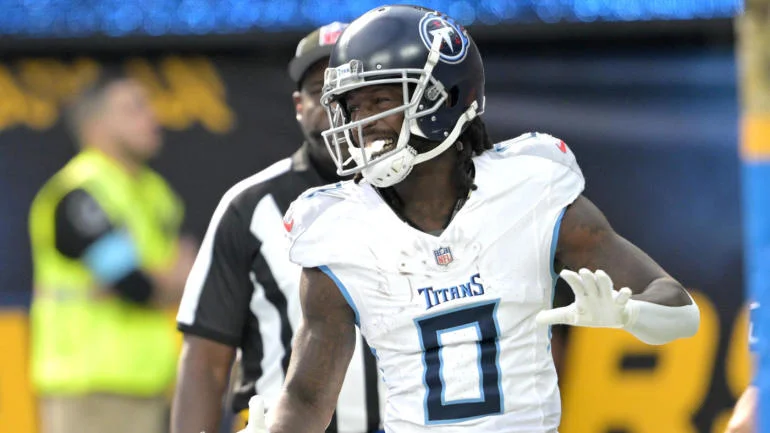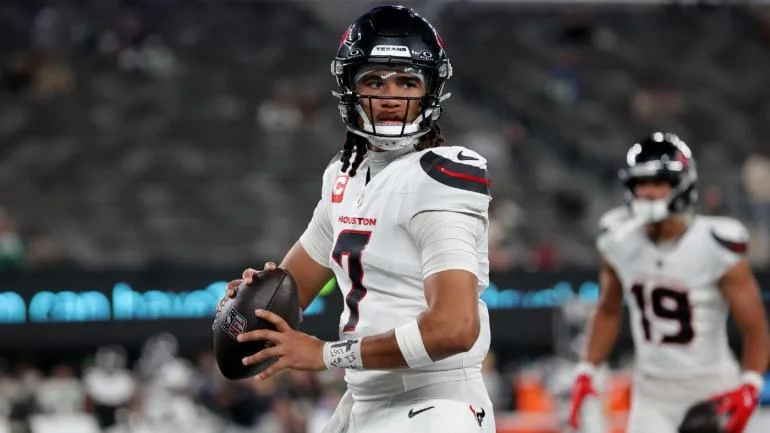Although an entertaining playoffs are still underway, there are 24 teams sitting at home with nothing to do but think about NEXT season. With that in mind, we’re touring the country and making suggestions for teams like Kansas City and the L.A. Rams.
We’ll stay in California for our next team:
OAKLAND RAIDERS
There was ample evidence to suggest the Raiders’ breakout 2016 season would regress to some degree, and that turned out to be the case. In turn, Mark Davis swept Jack Del Rio and his staff away in favor of some guy from TV.
Step one: land the biggest star coach you can find!
Landing Jon Gruden goes down as one of the biggest coaching moves in years.
Done and done!
I went into more detail about the coaching staff and graded their hires here. TL;DR – paying huge money for Gruden is a big risk that may backfire, but I still like the bold gamble. Jack Del Rio wasn’t getting them to the next level. Maybe Gruden will.
And hey, if it busts, then no one is going to pay for that except for Mark Davis. He didn’t trade any draft picks (like Tampa did for Gruden previously), so there’s no reason this obscene salary should affect the rest of the roster moving forward.
Step two: On offense, don’t worry about name value — just efficiency
Although Derek Carr was an MVP candidate for much of 2016, his stats didn’t really illustrate that. In fact, he didn’t perform wholly different in 2017 than he has over the last two seasons prior despite what the different perception about him (and embattled OC Todd Downing).
For the team to be a true threat in the AFC, Carr needs to improve into a legitimate top tier QB. Carr’s completion percentage this season was a modest 62.7%, which is even worse when you consider that he was only averaging 6.8 yards per attempt. Both those numbers are below average and need a boost.
Given that, it’s fair to question Michael Crabtree‘s future with the team. Crabtree has played well for Oakland over the last three seasons based on raw totals and his nose for the end zone, but his efficiency leaves something to be desired. He’s averaged 77 receptions and 848 yards for the Raiders, but that’s come on an average of 131 targets per season. That translates to less than 6.5 yards per target, a low mark for WRs and a very low mark for a “star” WR. (For comparison’s sake, the ELITE WRs in the league flirt with 10 yards/target.) Considering he’s over 30 years old now, Gruden and company may be best served cutting Crabtree and saving his $7.7 million to use elsewhere.
Given the other holes on the roster, the Raiders won’t be able to find a splashy replacement for Crabtree. That’s okay. The team doesn’t need more “splash” — they need to get more efficient. There are a few cheaper no-names who may prove to be better than Crabtree in that regard and thus a better bang for their buck. Two to consider: an underrated WR from his brother Jay’s Redskin team, Ryan Grant (573 yards in 65 targets) and Dallas deep threat WR Brice Butler (317 yards in 24 targets). Better yet, both are 3 years younger than Crabtree, and would come considerably cheaper.
With this same logic in mind, I’d also consider cutting RB Marshawn Lynch and saving his $6 million. Lynch still proved to be an effective power runner, but he had a limited role as a receiver (151 yards) that made the offense more one-dimensional when he was in the game. The priority for these Raiders should be Carr and the passing game. If Gruden can find a true 3-down back, that’d be the ideal way to go; having a check-down target is always a huge boon to a QB’s efficiency.
Step three: On defense, get young, scrappy, and hungry
Defensive coordinator Ken Norton may have been over his head, but there’s no excuse for how badly the Oakland pass defense played this season. They didn’t snatch an interception for the majority of the year (ending with 5) and allowed QBs to rack up a 101.8 QB rating on average. Major changes need to be made to this roster.
In line with housecleaning elsewhere, I’d consider cutting veteran CBs Sean Smith and David Amerson, moves that would save a total of $14 million off the books. I’d also allow safety Reggie Nelson to walk in free agency. Nelson actually played the best of the three this past season, but he’s over 34 now and Father Time will catch up to him eventually. It’s always better to part ways a year too early than a year too late. In those veterans’ place, you need last year’s rookies Gareon Conley and Obi Melifonwu to step up; injuries plagued their rookie years, but they should be ready to contribute and even start in 2018.
That theme of “youth” is important in determining which free agents to retain as well. A lot of my suggested moves involve shedding salary, because the Raiders may have to pony up to retain two of their free agents: DT Justin Ellis and CB T.J. Carrie. Both played pretty well last season, and both are only 27. Locking them up on 3-year contracts should keep them in-house during their prime years.
In my mind, the move that can take this Raiders defense to the next level would be finding a complementary pass rusher to Khalil Mack. Mack’s a beast and a superstar, but he can’t be a one-man gang. Over the last two seasons, Mack has 21.5 total sacks. The entire rest of the roster has 34.5 combined.
To help take pressure and defensive attention off Mack, the team needs to find a legitimate threat on the opposite end. Bruce Irvin still has some pass rushing juice, but I’m not sure he’s a perfect scheme fit for Paul Guenther; I’d prefer them to add a true DE in that regard. If they find one, they can keep their rotation fresh and slide Mario Edwards Jr. in between DE and DT a la Justin Tuck on the Giants.
In fact, I’d even consider using their top pick (#10 overall) on a pass rusher. There are three that could be viable options at that spot. The most “NFL ready” by far is North Carolina State senior Bradley Chubb (44.0 tackles for loss and 20.0 sacks over the last two seasons combined.) Of course, he’s unlikely to last that long. Clemson’s Clelin Ferrell would be a nice consolation prize; he’s a young buck sophomore with quality production (30.5 TFL, 15.5 sacks over the last two years) but still a lot of upside in reserve. The wild card of the bunch would be LSU’s Arden Key. After a breakout 11.0 sacks in 2016, Key slipped down this year thanks to injuries and some off-the-field issues. He’s a long-armed blur off the edge, but he may need a strong coaching staff to get the most out of him. All three (Chubb, Ferrell, and Key) are big kids who all tip the scales at 265+ pounds, giving them more natural size than Mack. Paired together, they’d be a force to be reckoned with in the AFC.




